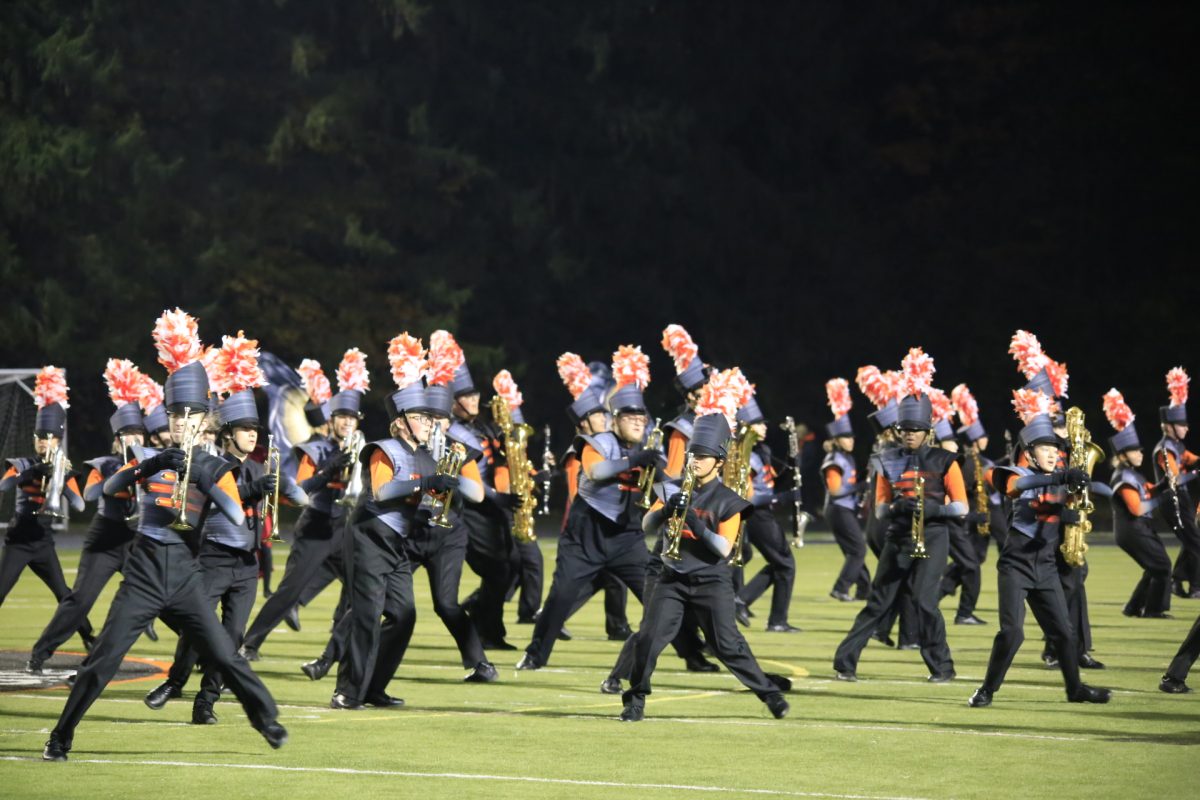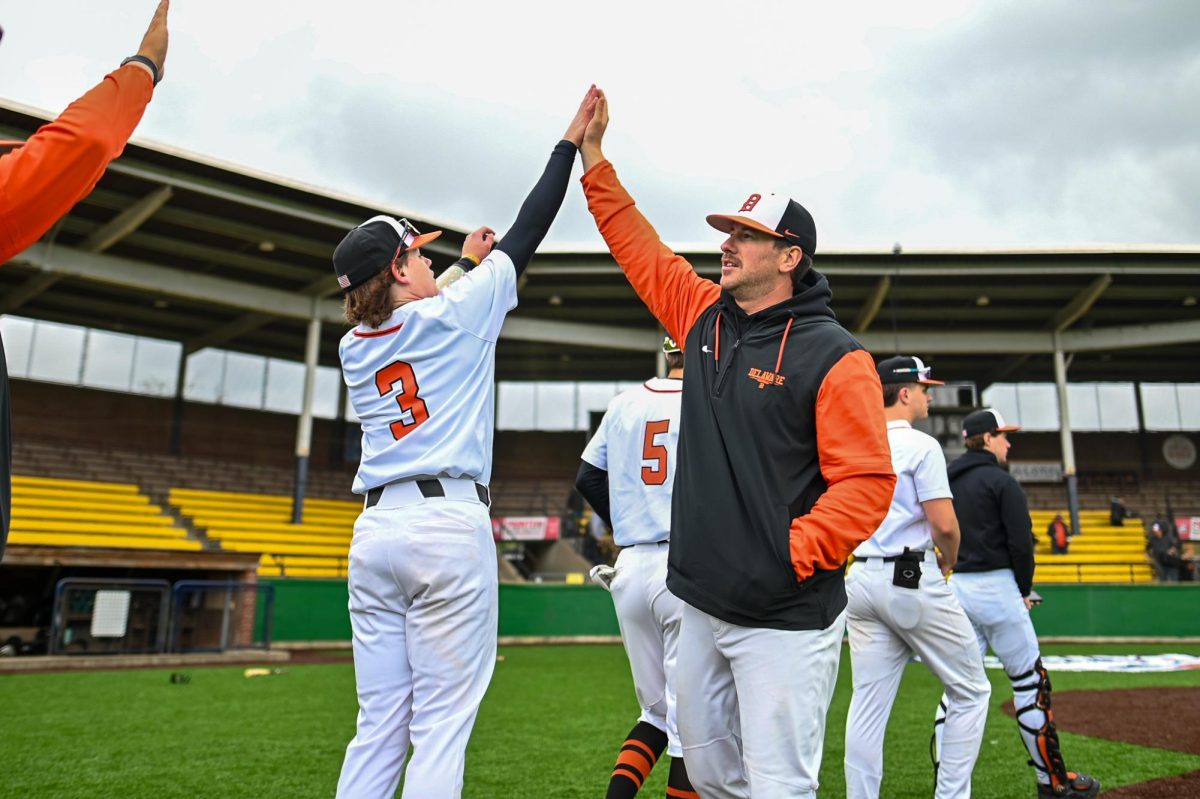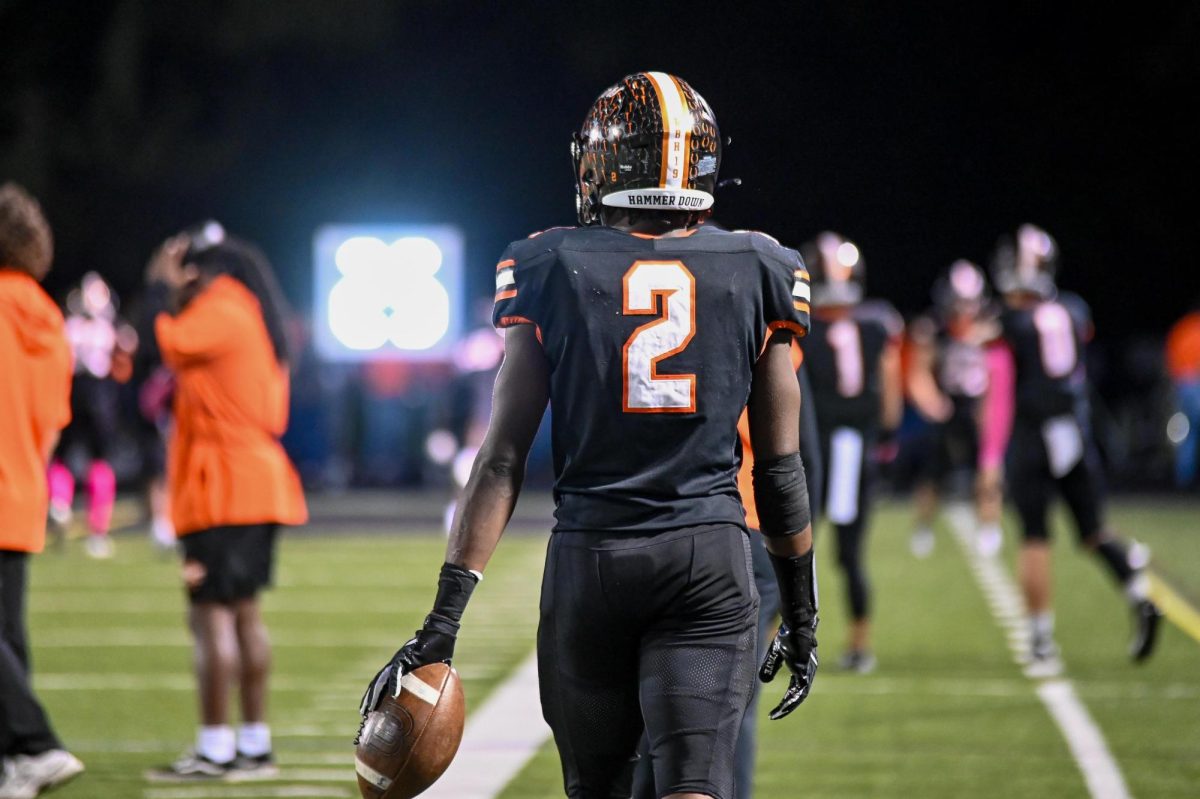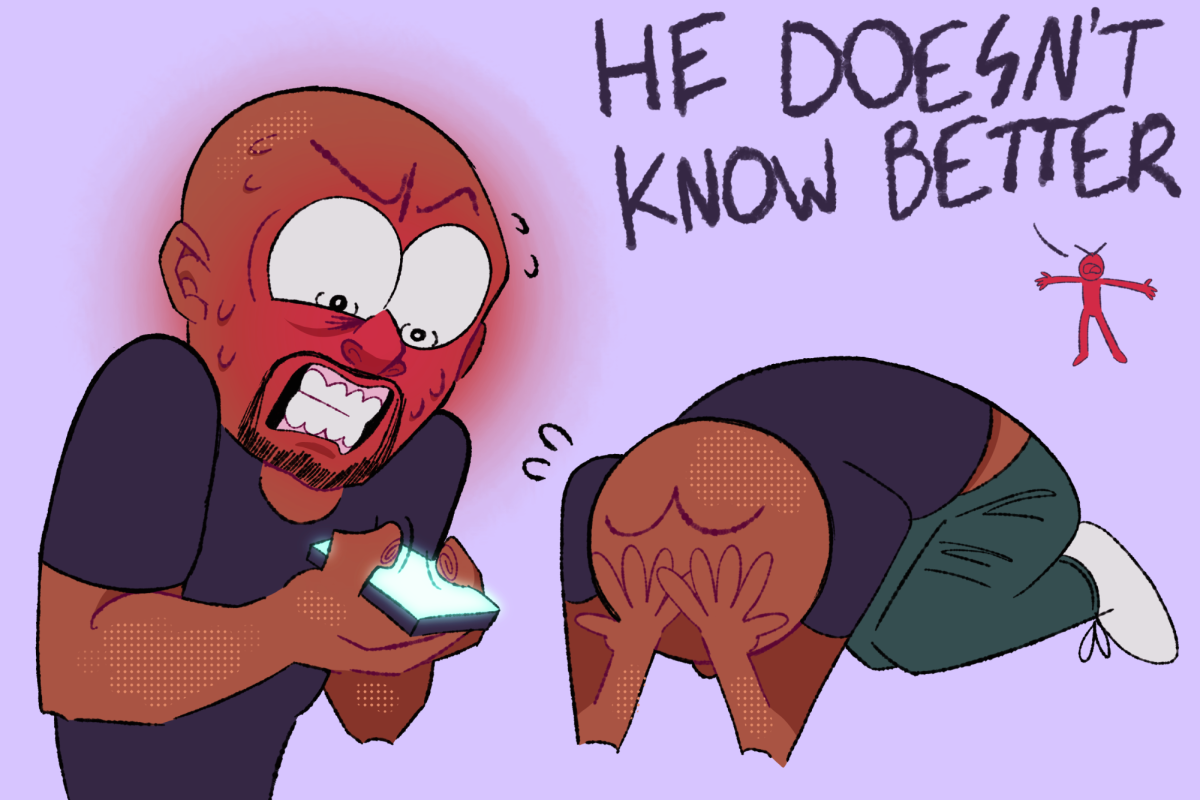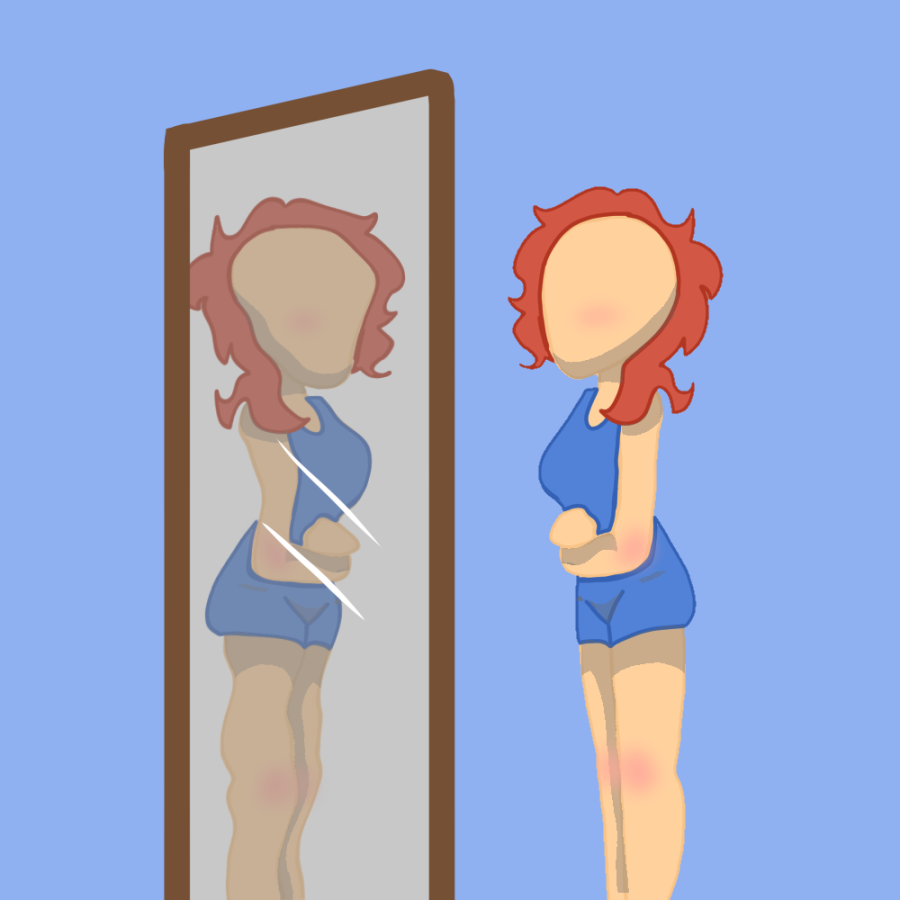Aesthetic sports promote unhealthy body image and dangerous eating habits
The pressure of competing in a sport creates an unhealthy body image for many student athletes.
November 26, 2021
Editor’s Note/Content Warning: This article discusses sensitive subjects such as eating disorders and body dysmorphia
When adolescents commit to a lifelong aesthetic sport, they are frequently unaware of the possibility regarding their teen and adult wellbeing.
According to Eating Disorder Hope, 50% of teenage girls and 30% of teenage boys are accustomed to unhealthy weight control habits.
Specifically, athletes become extremely vulnerable to these unhealthy habits as they try to navigate early adulthood, while also striving to match a certain image concerning their sport. Some of these habits include skipping meals, fasting, vomiting, replacing meals with inadequate nutrition, and taking laxatives.
Sports that involve a level of performing such as gymnastics, swimming, long-distance running and wrestling are known to have an outrageously high number of athletes with disordered eating or body dysmorphia.
Recently at the University of Oregon, six female long distance runners resigned from the track team due to an unhealthy body standard. These athletes said they were at high risk of developing (or had already developed) eating disorders due to verbal trauma from coaches, a routine of being weighed and the measuring of body fat.
However, this doesn’t only happen at the national level; it happens everywhere.
Wrestling, for example, requires official weigh-ins before every meet, which potentially sets unhealthy standards. Some harmful standards that occur more regularly at the collegiate level than high school level are telling the wrestlers they can only gain two pounds during the holiday season, or telling them to deprive themselves of the nutrition they need in order to make a certain weight class.
It may not be written in bold writing, but these policies lead the way for eating disorders to develop in adolescents and adults. The amount of pressure put on athletes here can be absolutely detrimental.
Although it may seem like wrestlers (or any athlete in this case) can dictate their eating habits, eating disorders and body dysmorphia develop rapidly and are hard to tackle once they have reached a certain point.
The lack of clarity is what truly causes these issues. Coaches frequently decline to specify what to do and what to abstain from when cutting weight or staying in shape, leaving their athletes in the dark.
“They don’t really have an expectation as to how you [cut weight], they just expect you to get it done in time,” said Sarah,* an athlete at Hayes.
The coaches don’t have complete control over what happens with their athletes, but many athletes say there are precautions available for coaches to take that they are ignoring.
“I personally have only ever been coached by male coaches and don’t feel [body dysmorphia and eating disorders are] really acknowledged,” Alice* said. “It’s an issue in both female and male sports that’s brushed over but never actually talked about.”
Coaches may seem like the ultimate source of authority when at practice, but athletes need to take control of the aspects they have authority over.
“I think it’s important to not worry so much about cutting weight and more [about] being healthy regardless of what your coaches say,” Diana* said.
Another sport that is especially treacherous in the eating disorder world is swimming, due to the standards for the body type that go along with the already physically demanding sport.
Stereotypes suggest swimmers be muscular, well-fed and strong. This could seem understandable to the uneducated, but in reality, there should be no standard for any body. Swimmers as well as gymnasts and wrestlers are required to wear skin tight, revealing uniforms that can lead to overanalyzing themselves and comparing their bodies to others.
Swimmers who don’t fit these dangerous standards are vulnerable to insensitive comments, and seeing other stereotypical swimmers whether that be on social media or in real life can damage self esteem.
Social media brings unfortunate opportunities for the athletes struggling with what they think they should look like. Hashtags like “pro-ana” or “thinspo” glorify eating disorders and make it impossible for athletes to avoid coming across it everyday.
Comments along the lines of “you’re all skin and bones” or “you’ve got no muscles on your bones” may seem harmless, but are actually distressing.
The deterioration that comes with eating disorders affects every aspect of the body and ultimately affects athletic performance.
“Specific struggles are falling behind in development because of the constant injuries and illnesses that come with eating disorders,” Alice said.
Athletes who struggle with disordered eating are often left unsupported, always questioning their worth.
“Doing gymnastics always made me feel like I wasn’t strong enough and that I needed to work harder or else I would never improve,” Leah* said.
There are no clear cut lines or symptoms of eating disorders or unhealthy eating, but they exist at all levels of severity. If you feel like you are in danger of developing disordered eating or feel similarly to any of these experiences above, please reach out to a parent or specialist to seek treatment before pushing your body to irreversible measures. The pressure of aesthetic sports might seem insurmountable, but there is help available for people who are struggling.
*Names have been changed to protect students’ identity.



